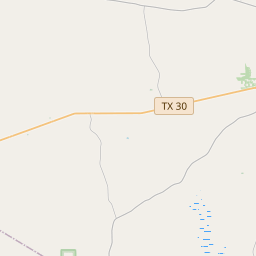Huntsville Springs
Historical marker location:






Kentucky native Pleasant Gray and his wife Hannah (Holshouser) left Tennessee with their two children in 1834 and in 1835 settled here on land granted to them as part of Mexico's colonization effort. At that time natural springs located nearby served as a campsite for the area's native Bedias Indians and for immigrants passing through the region.
After establishing a trading post near the springs with his brother Ephraim, Pleasant Gray subdivided his land into home and business lots and advertised the property in Alabama, Tennessee, New Orleans, and various steamboat offices. Settlers soon arrived and a town developed which Gray named after Huntsville, Alabama, a former family home. The area's bountiful springs were observed in the Texas chronicles written by British scientist/adventurer William Bollaert in 1843-44. Huntsville was incorporated in 1845.
For many years townspeople were accustomed to using spring water captured in a trough near the springs. In 1893-1894 the city dug an artesian well within a few feet of the springs to provide water for municipal distribution and an ice factory. Shortly thereafter the watering trough at the spring fell into disuse, and the spring itself was boarded over
As one of the most visible programs of the Texas Historical Commission (THC), historical markers commemorate diverse topics in Texas history, including: the history and architecture of houses, commercial and public buildings, religious congregations, and military sites; events that changed the course of local and state history; and individuals who have made lasting contributions to the state, community organizations, and businesses.
The Texas Rangers, a famous law enforcement agency, were first organized in 1835 to protect settlers from Native American attacks.
In 1836, Walker County was officially established and named after Samuel Hamilton Walker, a Texas Ranger captain who died in the Mexican-American War. The county became a hub for trade and commerce, with the town of Huntsville serving as the county seat. The early residents engaged in farming, ranching, and timber industries, which became the backbone of the local economy.
During the Civil War, Walker County played a significant role as a major supplier of food and provisions to the Confederate army. However, the county also faced its share of hardships, including raids by Union troops and the devastation caused by the war. After the war, Walker County experienced a period of reconstruction and gradual recovery.
In the late 19th and early 20th centuries, Walker County saw significant progress and development. The expansion of railroads brought new opportunities for trade and transportation, and the discovery of oil in the early 1900s further boosted the local economy. In recent decades, Walker County has continued to grow and evolve, embracing modern industries while preserving its unique heritage and natural beauty. Today, the county is known for its thriving educational institutions, correctional facilities, and vibrant community.
Walker County Timeline
This timeline provides a glimpse into the major events and milestones that have shaped the history of Walker County, Texas.
- 1836: Walker County is established
- 1846: Huntsville becomes the county seat
- 1861: Walker County residents vote for secession from the Union
- 1870: The Houston and Great Northern Railroad reaches Huntsville
- 1900: The town of New Waverly is incorporated
- 1936: Sam Houston State Teachers College is established
- 1965: The Texas Department of Corrections is established in Huntsville
- 1970: San Jacinto Mall opens in Baytown
- 1999: The City of Huntsville celebrates its 150th anniversary
- 2007: The Texas Department of Criminal Justice moves its headquarters to Huntsville